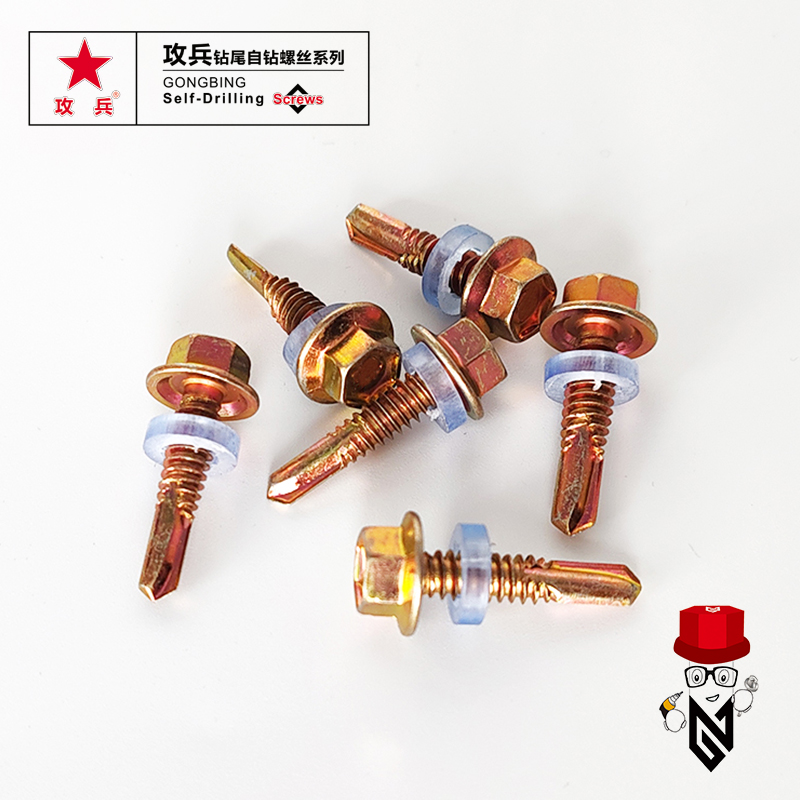Understanding Self-Tapping Screws and Their Applications in Fastening Systems
Understanding Self-Screw Bolts A Practical Perspective
Self-screw bolts, often known as self-tapping screws, represent a fascinating aspect of fastening technology that enhances efficiency and reliability in various applications. These fasteners are designed to create their own hole while being driven into a material, eliminating the need for pre-drilling. This unique feature makes them particularly advantageous in construction, automotive, and various DIY projects.
Understanding Self-Screw Bolts A Practical Perspective
One of the standout benefits of self-screw bolts is their time efficiency. In fast-paced environments where project deadlines are critical, the ability to forgo pre-drilling can significantly speed up the assembly process. Workers can achieve rapid installation without compromising the integrity of the fastening, which is particularly useful in high-volume production settings.
self screw bolt

Moreover, self-screw bolts provide reliable joint strength. When properly installed, they create tight connections that can withstand various forces, including tension and shear. This reliability is crucial in applications where safety is paramount, such as in structural engineering or automotive assembly.
However, to maximize the effectiveness of self-screw bolts, users must consider several factors. The choice of material and thickness can influence the performance of the screw, as different materials may require different screw types. For instance, using a self-tapping screw made for metal in wood could compromise its fastening ability. Additionally, using the correct screw size is essential to ensure adequate grip and load-bearing capacity.
In summary, self-screw bolts are indispensable tools that simplify the fastening process in countless applications. Their ability to penetrate materials without prior drilling not only saves time but also enhances project efficiency. As industries continue to evolve and seek cost-effective solutions, the demand for self-screw bolts is likely to grow. Understanding their features and appropriate usage ensures that users can effectively leverage their benefits, leading to safer and more efficient assemblies in various projects.
-
Weatherproof Plastic Expansion Anchors for OutdoorNewsJun.06,2025
-
Sustainability in the Supply Chain: Eco-Friendly TEK Screws ProductionNewsJun.06,2025
-
Load-Bearing Capacity of External Insulation FixingsNewsJun.06,2025
-
Double Head Bolts: Enhancing Efficiency in Industrial MachineryNewsJun.06,2025
-
Corrosion Resistance in Chipboard Screws: Coatings for Wholesale DurabilityNewsJun.06,2025
-
Butterfly Toggle Bolts : Enhancing Structural ResilienceNewsJun.06,2025
